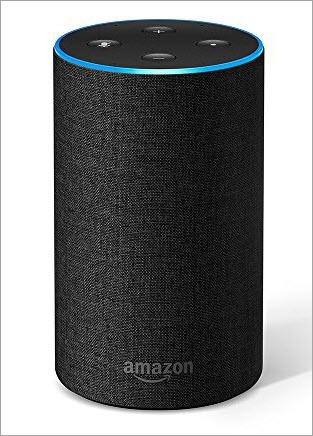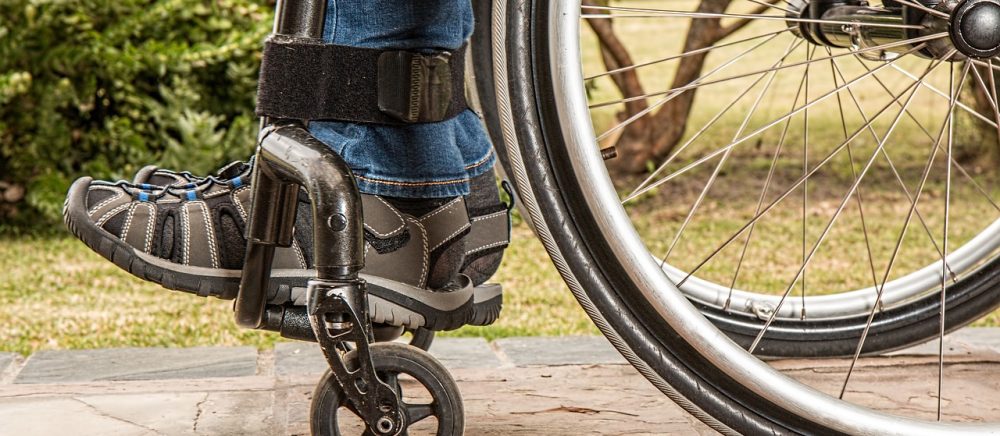The Internet of Things is defined by the Oxford Dictionary as “the interconnection via the Internet of computing devices embedded in everyday objects, enabling them to send and receive data”.
Some examples of popular IOT devices released in 2019 are the Amazon Echo and the Belkin WeMo Smart Light Switch.

Amazon Echo 
Belkin WeMo Smart Light Switch
Back during my undergraduate education at the University of New Hampshire, I worked in the Occupational Therapy department for Dr. Therese Willkomm. One of Dr. Willkomm’s talents is creating assistive technology solutions out of cheap and/or easily available materials.
Dr. Willkomm uses Apple products a lot in assistive technology problem-solving. One feature she uses is Siri, Apple’s voice-controlled intelligent assistant.
What is great about Siri is that it is compatible with many other IoT devices. This allows you to use vocal commands to control multiple features in your house. For example, you might try and connect your iPhone to your Smart Light Switch. This is useful for people that cannot reach lights that are in inconvenient places.
I have a friend that has a smaller range of motion when using her arms than most people that worked in our office. This presented a challenge when turning on the lights, because the lightswitch was located between a wall and a shelf, so you had to use full extension of your arm to easily reach it. The solution was to use a lightswitch adaptation that covered the switch, turning it into a push button, and was synced up with its iPhone app. This alone is an example of an IoT device being used as an assistive technology solution. However, to make the switch even more accessible, the app could be connected to Siri so that the lights could be turned on and off using vocal commands instead.
AT solutions are not limited to devices which are readily available and intended for people with disabilities. Some AT-specific devices aren’t available to people due to financial constraints. Utilizing more popular devices that are part of the Internet of Things can allow people to make high-tech solutions for significantly lower costs.
If you are interested in learning more about the relationship between IOT and AT, here is an article by Scott Hollier and Shadi Abou-Zahra.
If you are interested in learning more about Therese Willkomm’s work in general, here is one of her videos:
What popular IoT device can you think of that might be a useful assistive technology solution? Let me know in the comments below!
